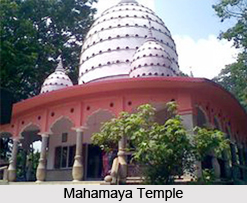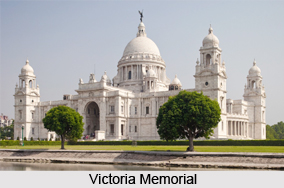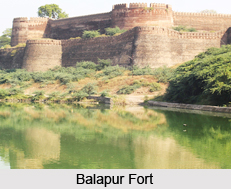 Thirumayam Fort is an ancient monument nestled in the Tamil Nadu state of India. It is situated in the town of Thirumayam in Pudukkottai-Karaikudi Highway in Pudukkottai District of Tamil Nadu. The fort is known for its architectural grandeur and historical significance. It is maintained by the Archaeological Survey of India and in the year 2012 renovat8ion work was carried out. Thirumayam Fort is also known as Oomayan Kottai.
Thirumayam Fort is an ancient monument nestled in the Tamil Nadu state of India. It is situated in the town of Thirumayam in Pudukkottai-Karaikudi Highway in Pudukkottai District of Tamil Nadu. The fort is known for its architectural grandeur and historical significance. It is maintained by the Archaeological Survey of India and in the year 2012 renovat8ion work was carried out. Thirumayam Fort is also known as Oomayan Kottai.
History of Thirumayam Fort
It was built in the year 1687 by Vijaya Raghunatha Sethupathi, the Raja of Ramnad. His brother in law, Raghunatha Raya Tondaiman, later took possession of the fort. The chieftains of the Polygar Wars had a strong hold over the Thirumayam Fort. The brother of Panchalamkurichi chieftain Kattabomman Oomathurai was kept imprisoned inside the fort
Architecture of Thirumayam Fort
The Thirumayam Fort also known as a `ring fort` can be seen standing with seven concentric walls on its sides. It was built using small blocks of stone. Bricks were used for the purpose of fortification. The fort can be entered from three sides; one entrance gate is located on the northern side, the second on the southern side and the third on the eastern side. These gates are mounted by six cannons of the British era. There are small temples built on the southern side of the fort that have been dedicated to Lord Hanuman, Lord Ganesha, Shakti and Karuppar. These deities are regarded as the guardian deities of Thirumayam Fort. Another shrine has been built on the northern side. It is dedicated to Bhairava. A chamber is noticeable on the top right side. On the western side, opposite of the chamber a rock cut cell is visible that houses a lingam on yonipitha. Apart from this, on the southern side two other rock cut temples are visible. One of the shrines is dedicated to Sri Sathyamurthy and Sri Uyyavanda Nachiar while the other one is dedicated to Sri Sathyagireeswarar and Sri Venuvaneeswari. The first shrine is of Vaihnavite origin while the second shrine of is Shaivaite origin.
The summit of the rock holds a bastion with cannon of the British era. A beautiful pond is also located in the vicinity on the southern side. On the southeast corner is a water tank while to the northwest is another pond.




